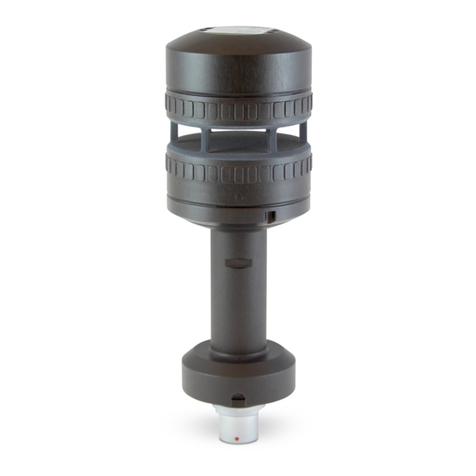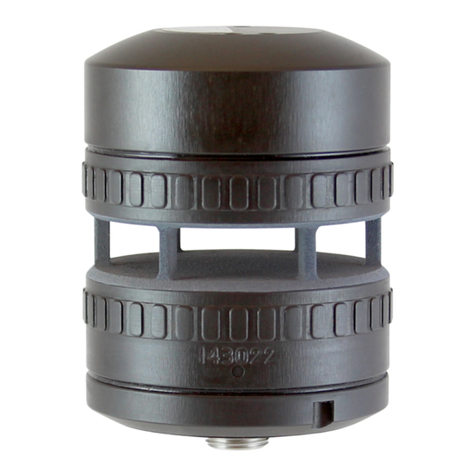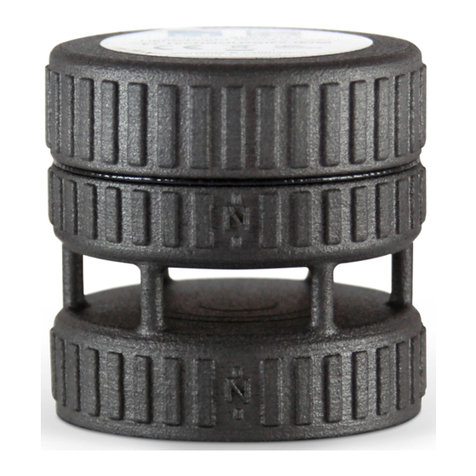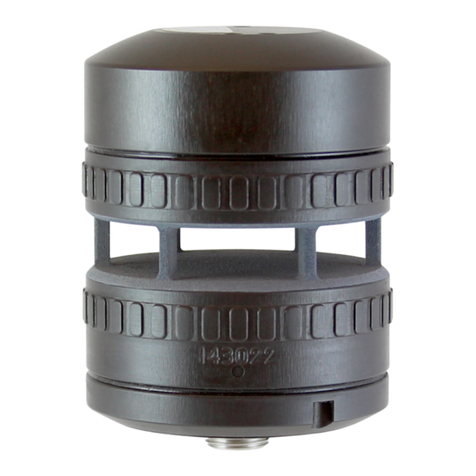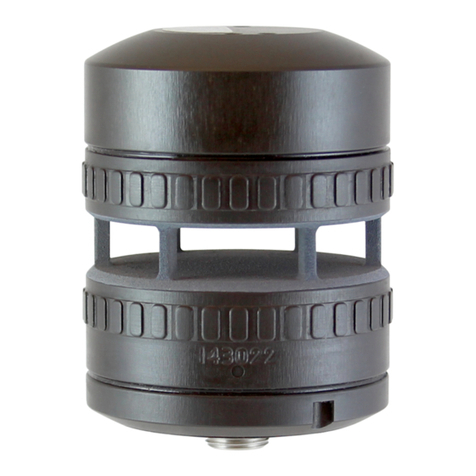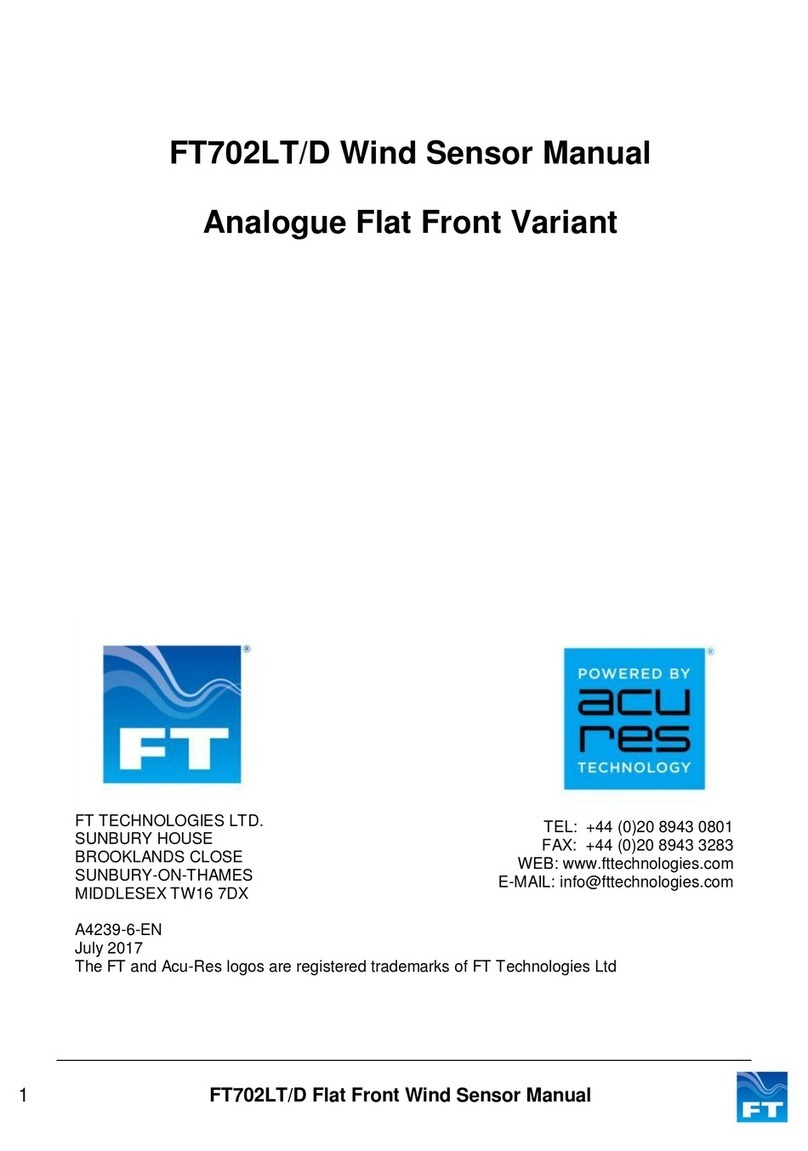Section 1 Introduction
3 FT722 & FT742 (RS485) –FF & PM Sensors –User Manual
4.4.3 Command Line Terminal Programs (Including Tera Term) ............................................47
5SENSOR COMMUNICATION........................................................................... 49
5.1 Introduction........................................................................................................................49
5.2 RS485 Protocol ..................................................................................................................49
5.3 Configuring the Sensor.....................................................................................................50
5.4 Communication..................................................................................................................50
5.4.1 Conventions used in this manual ....................................................................................50
5.4.2 Data Transmission ..........................................................................................................51
5.4.3 Message Format..............................................................................................................51
5.4.4 Listener and Talker Identifiers.........................................................................................52
5.4.5 Calculating the Message Checksum...............................................................................52
5.4.6 Disabling the Checksum..................................................................................................52
6PARAMETER SETTINGS ................................................................................54
6.1 Command Types................................................................................................................54
6.1.1 Set Commands................................................................................................................54
6.1.2 Query Commands ...........................................................................................................55
6.2 User Calibration Table.......................................................................................................56
6.3 Timing Constraints............................................................................................................57
6.4 Command Parameters.......................................................................................................58
6.4.1 AM: Set or Query the Anemometer Mount Orientation...................................................58
6.4.2 AT.1: Query the Acoustic Temperature...........................................................................59
6.4.3 AT.2: Set or Query the Acoustic Temperature Units.......................................................60
6.4.4 AT.3 Set or Query the Acoustic Temperature Filter Length............................................61
6.4.5 BR: Set or Query the Serial Interface Baud Rate............................................................62
6.4.6 CF: Set or Query the Wind Datum Offset Angle .............................................................63
6.4.7 CU: Set or Query the Continuous Update Setting...........................................................64
6.4.8 DF: Set or Query the Wind Velocity Data Format ...........................................................65
6.4.9 DG: Query the Run-time Counter....................................................................................66
6.4.10 DL: Set or Query the Command Delay Interval ..........................................................67
6.4.11 ER: Query or Reset the Error Report..........................................................................68
6.4.12 FL.1: Set or Query General Filter Settings .................................................................69
6.4.13 FL.2: Set or Query Filter Lengths................................................................................70
6.4.14 FL.3: Set or Query the Selective Filter........................................................................71
6.4.15 HT.1: Set or Query General Heater Settings.............................................................72
6.4.16 HT.2: Set or Query Delay Heater Settings.................................................................73
6.4.17 HT.3: Set or Query Limit Heater Settings ...................................................................74
6.4.18 ID: Set or Query the Listener & Talker Identifiers.......................................................75
6.4.19 MM: Reset or Query the Min/Max Recorded Wind Speed..........................................76
6.4.20 OS: Set or Query Overspeed Warning Scheme........................................................77
6.4.21 RS: Reset the Sensor .................................................................................................78
6.4.22 SN: Query the Serial Number and Platform Version ..................................................79
6.4.23 SV: Query the Software Version.................................................................................80
6.4.24 UC.1: Set or Query General User Calibration Settings...............................................81
6.4.25 UC.2: Clear User Calibration Table Record................................................................82
6.4.26 UC.3: Set User Calibration Table Record...................................................................83
6.4.27 UC.4: Save and Read User Calibration Table............................................................84
6.4.28 UC.5: Set & Query User Calibration Table Label .......................................................85
6.4.29 US: Set or Query Saved Parameters..........................................................................86
6.4.30 WV Polar: Query the Wind Velocity Reading..............................................................88
6.4.31 WV NMEA: Query the Wind Velocity Reading............................................................89
